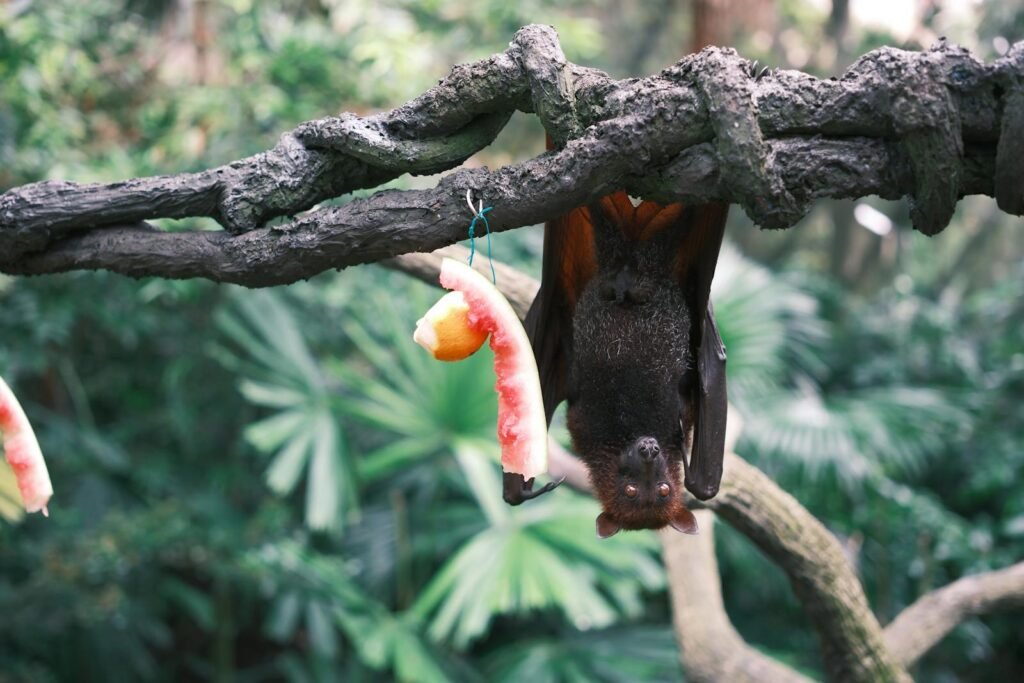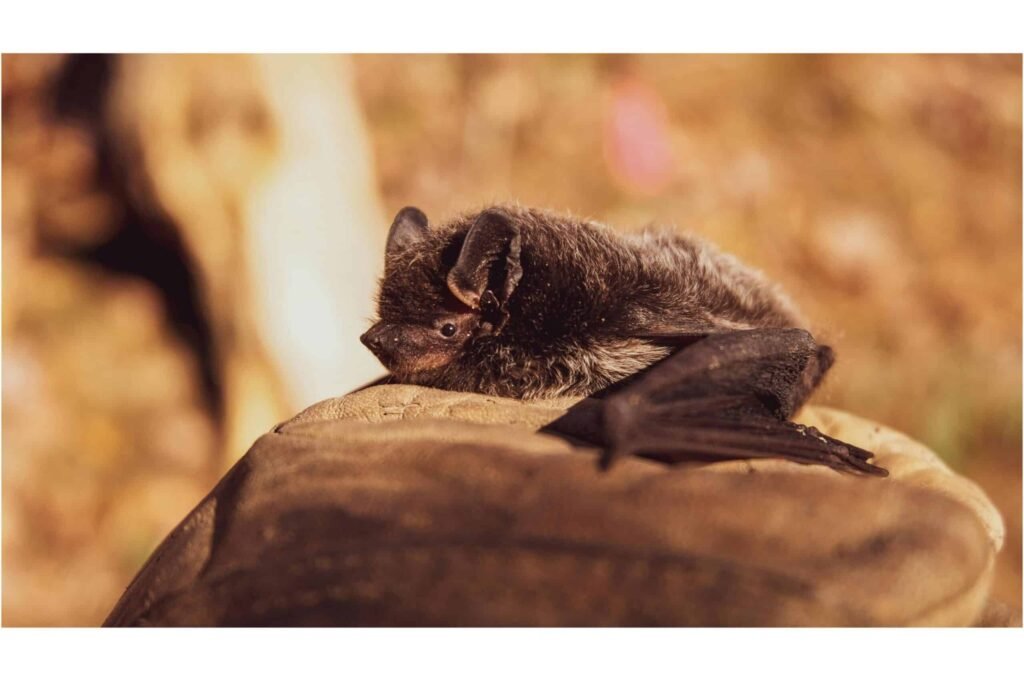As night falls over the rugged landscapes of South Dakota’s Black Hills, small winged creatures take to the skies, performing aerial acrobatics in search of dinner. These creatures are bats, often misunderstood yet playing a crucial role in maintaining the ecological health of the region. Despite their ominous reputation, bats contribute to the balance of nature, benefiting both the environment and human populations. This article delves into the fascinating world of the Black Hills’ bats, unraveling their unexpected importance and the intriguing role they play in the ecosystem.
A Slice of Biodiversity in South Dakota

The Black Hills are home to a rich variety of bat species. There are over a dozen different types of bats inhabiting this area, each with its own unique characteristics and contributions to the ecosystem. Ranging from the tiny little brown bat to the robust hoary bat, these mammals are a vital component of the region’s biodiversity. Understanding this variety aids in appreciating the complexities of their ecological roles.
Nature’s Pest Controllers

One of the most significant roles bats play in the Black Hills is that of pest control. Each night, these nocturnal creatures consume vast quantities of insects, including mosquitoes, moths, and beetles. By devouring these pests, bats help protect crops, reduce the need for chemical pesticides, and curb the spread of insect-borne diseases. Their voracious appetites make them indispensable allies for farmers and gardeners alike.
Pollinators of the Night

Bats also contribute to pollination, particularly in the southwestern regions where some species visit flowers in search of nectar. Although this behavior is more common among tropical and desert bats, the pollination activities of bats in neighboring regions underscore their potential role in supporting diverse plant life in the Black Hills. This nighttime pollination facilitates the reproduction of various plant species, ultimately sustaining local ecosystems.
Seed Dispersal: Creating Habitats

A few bat species aid in dispersing seeds, facilitating the growth of new plants and trees. This aspect is mostly observed in fruit-eating bat species, which, though not common in the Black Hills, highlight the broader ecological significance of bats. Seed dispersal enhances habitat complexity and forest regeneration, contributing to ecological balance and resilience.
Bats as Bioindicators

Bats are considered bioindicators, meaning they reflect the health of their environment. Changes in bat populations can indicate alterations in the ecosystem, such as pollution levels or shifts in insect populations. Studying bats offers researchers valuable insights into environmental changes and biodiversity health, allowing for more informed conservation efforts.
Challenges Facing Black Hills Bats

Despite their ecological importance, bats in the Black Hills face numerous threats, including habitat destruction, climate change, and disease. White-nose syndrome, a fungal disease, has devastated bat populations across North America, posing a significant risk to these mammals in South Dakota. Efforts to safeguard bat habitats and address these threats are crucial for their conservation.
Conservation Efforts and Strategies

Conserving bats in the Black Hills involves a combination of habitat preservation, public education, and research. Organizations and local communities are working to protect critical roosting sites and implement measures to reduce human-wildlife conflicts. Additionally, educating the public about the benefits of bats and dispelling myths fosters coexistence and support for conservation initiatives.
Public Perception: From Fear to Fascination

The common perception of bats as spooky or dangerous is gradually shifting as people become more aware of their positive ecological impact. Educational programs and bat-watching events help demystify these creatures, turning fear into fascination and encouraging community involvement in conservation efforts.
The Economic Value of Bats

The economic benefits bats provide through pest control and pollination translate into billions of dollars saved in agricultural industries worldwide. In the Black Hills region, this translates to healthier crops and reduced pesticide use. Recognizing this economic value emphasizes the importance of conserving these vital mammals.
Embracing Bat-Friendly Practices

Promoting bat-friendly practices in agriculture and urban planning can support conservation efforts. Installing bat houses, preserving natural habitats, and reducing pesticide usage are ways individuals and communities can aid bat populations. Embracing these practices ensures the continued presence of these beneficial creatures in the Black Hills.
Explore the Night: Bat Tourism

Bat tourism is gaining popularity, with enthusiasts and nature lovers seeking to observe these creatures in their natural habitats. Guided tours and educational events offer opportunities to learn about bats’ critical roles and witness their nighttime activities, fostering appreciation and support for their conservation.
Conclusion: A Testament to Nature’s Intricacy

Bats in the Black Hills serve as a fascinating testament to nature’s intricacy and balance. Their unexpected roles as pest controllers, pollinators, and indicators of environmental health underscore the importance of preserving these creatures and their habitats. By embracing conservation efforts and promoting awareness, we can ensure that the bats of the Black Hills continue to thrive and enrich the region’s ecological tapestry.



